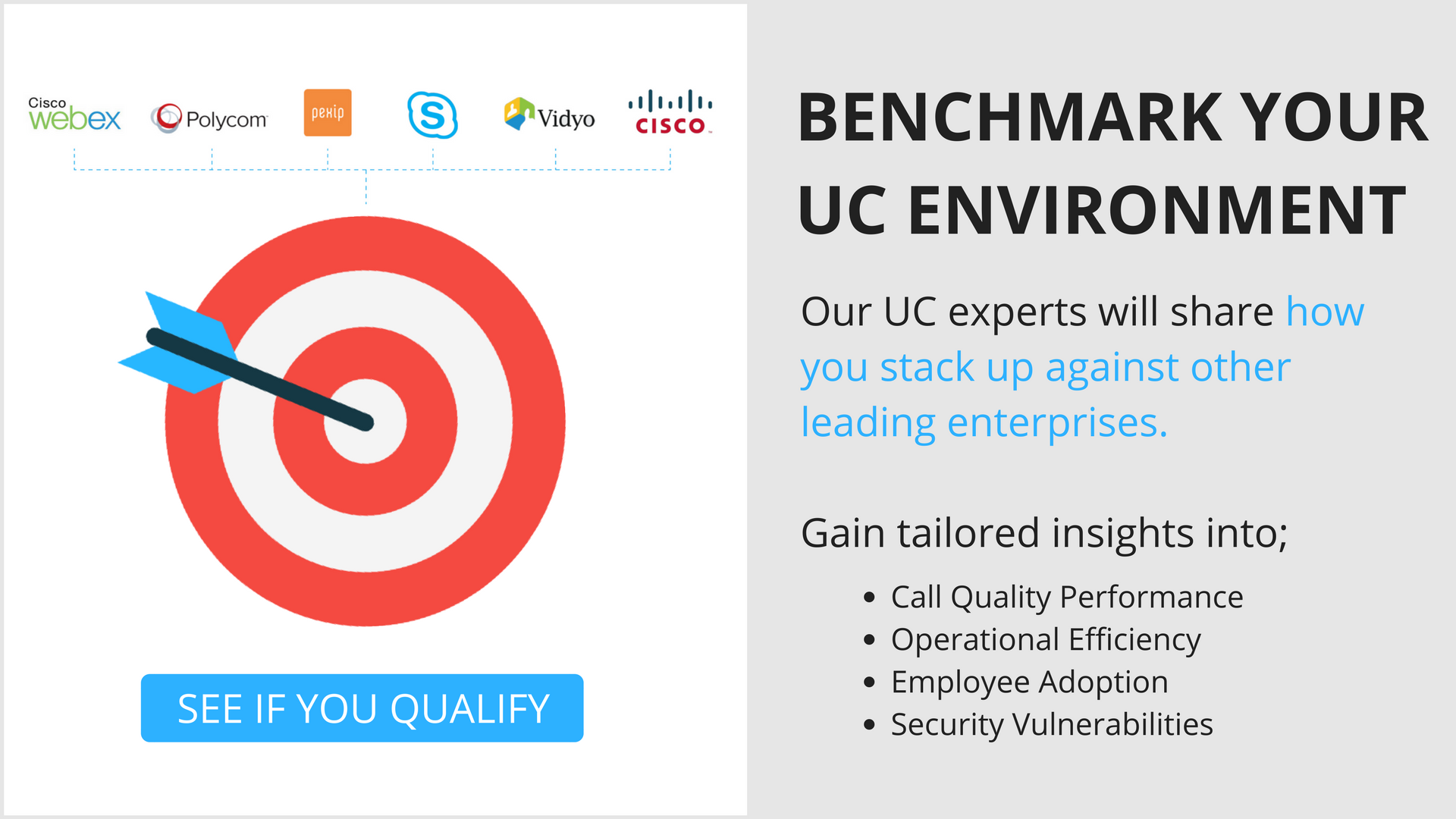The workplace landscape has witnessed a profound shift over the past few decades with more disruptive change still ahead. The concept of remote employees has become a norm and thus high quality virtual meetings have become a necessity. This digital evolution of work behaviors and culture has brought with it a transformation in how we communicate, especially for the worlds of large enterprises. Enter unified communications.
What is unified communications (UC)?
Unified communication, better known colloquially as UC, represents the convergence of various forms of online communication that can require collective management for enterprises. UC includes any of the following forms of online communication:
- Video conferencing
- Telephone/audio calls
- Chat/instant message
- Collaboration apps like Slack
- Screenshare
The world of UC brings with it a great amount of complexity. In some cases, an enterprise may need thousands of its employees to communicate across some, if not all, of the above mediums in different countries, time zones and areas of network strength and security. Because of this complexity, there are a variety of ways UC is managed based on the needs and capacity of an organization.
What is unified communication as a service (UCaaS)?
UCaaS is the cloud model of handling communication across a variety of different mediums e.g. audio, video, chat etc. This model has a strong appeal because it allows a company to avoid having to deploy an on-premise solution for UC and instead utilize a cloud-based software solution. For example, a large enterprise could decide to use Skype for Business or Cisco Webex to handle its video conferencing needs and simply route the functionality direct from the cloud. In 2018, more and more businesses are choosing to go this route because it is simple, affordable and can scale rapidly.
What types of UCaaS are available?
Depending on the needs of an enterprise, there are two forms of UCaaS that you might go with: single-tenancy and multi-tenancy.
Single tenancy can integrate with an on-premise setup and is considered a more secure deployment of UCaaS. With single tenancy, one instance of the UC software serves an individual customer in an individual database. Put differently, with single tenancy, multiple customers do not share the same database and are not all available in a single (and more vulnerable) access point.
By contrast, multi-tenant architectures and softwares represents the opposing scenario where one software instance represents many UC customers. Multi-tenancy is the more affordable option but requires that multiple customers are loaded into the same database and thus are more vulnerable to a security breach.
What are the pros and cons of UCaaS?
The pros of a UCaaS setup are fairly simple as delivering your UC environment this way allows a fast and affordable setup that can scale quickly and cost-effectively. Additional benefits, as with most cloud applications, are that the software requires less overhead and maintenance since it’s being handled by a third party. The con of UCaaS is that it can be less secure than a sophisticated on-premise solution. For example, a healthcare organization may have such sensitive UC data that it cannot afford to operate completely in the cloud. In these cases, many enterprises will choose a hybrid solution or a completely on-premise option as a means of maximizing security.
What’s the best way an enterprise can optimize its cloud-based unified communications (UC)?
As businesses continue to invest more and more in UC, the need to have a sophisticated understanding of one’s UC setup and landscape has become pertinent. For example, if a large enterprise aims to ensure high quality video conferencing capacity across 10 countries and 2,000 potential users, there’s a clear need to have a software in place to measure and optimize UC performance. Enter Vyopta – a software that allows you to monitor your entire UC&C environment and generate insights to improve user experience, grow adoption and optimize your investments. Learn how one global enterprise has grown video collaboration by 44% per year using Vyopta in this free Ebook.







